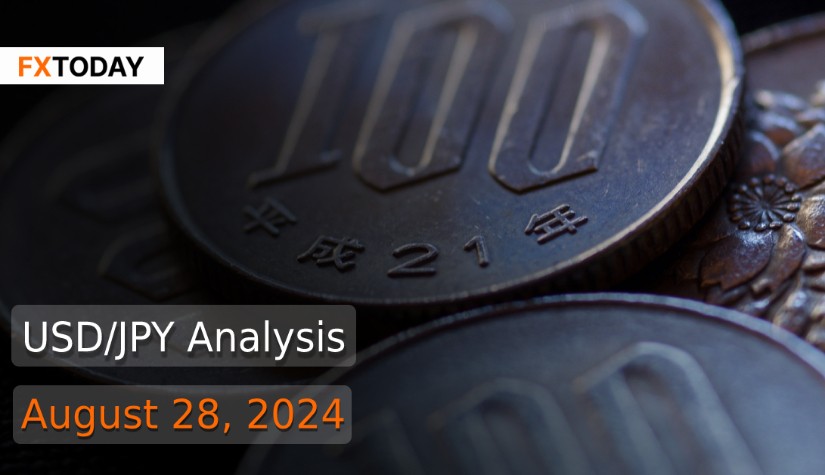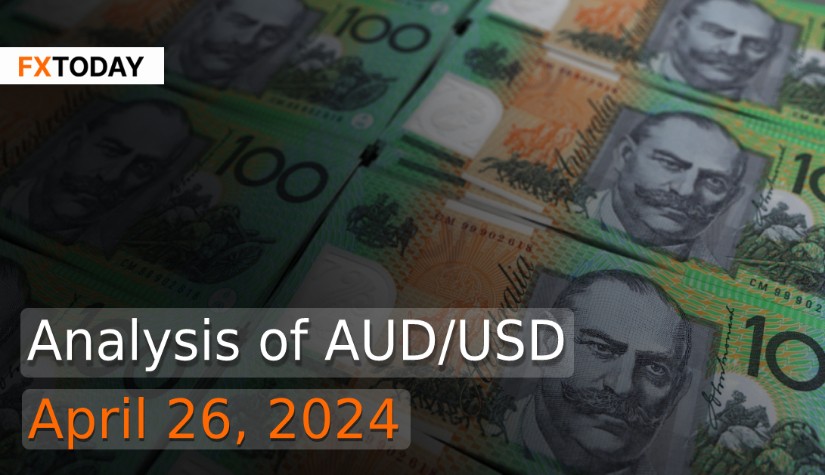Yen Rally Stalls Amid Weak Inflation Data; Dollar Gains on Geopolitical Tensions
A rally in the Japanese yen was tempered by weak inflation data, while a recovery in the U.S. dollar, driven by geopolitical tensions in the Middle East, Libya, and Ukraine, added pressure to regional markets. Despite this, expectations of U.S. interest rate cuts kept some support for Asian currencies, allowing them to maintain recent gains.
The yen's value rose to 144.78 yen per dollar, following an earlier increase near 143 yen. However, the rally stalled when the corporate services price index, a measure of producer inflation, came in weaker than expected, raising doubts about inflation's future strength. The yen had surged after the Bank of Japan (BOJ) hinted at potential interest rate hikes, but the soft inflation data cast uncertainty on how much more the BOJ could tighten its policy.
Japan's core inflation rose for the third consecutive month in July, reaching 2.7% annually. Consumer price inflation in Tokyo is expected to remain unchanged in August. Meanwhile, industrial output likely rebounded, and retail sales continued to grow in July.
In August, Japan's manufacturing sector contracted, although the pace of decline slowed, while the service sector expanded, driven by strong domestic demand. Rising price pressures and labor constraints remained concerns.
Japanese exports rose 10.3% in July, though the growth was slower than expected, and overall shipment volumes declined. Imports grew 16.6%, outpacing expectations, as domestic consumption increased due to rising wages. Japan's trade balance turned to a larger-than-expected deficit in July, driven by slower export growth and a surge in imports, reflecting improved local demand. The trade deficit reached 621.8 billion yen, higher than anticipated, reversing from a surplus in June.
Japan's economy grew at an annualized rate of 3.1% in the second quarter, driven by strong consumption. Growth is expected to be 0.6% for the fiscal year ending March 2025, with inflation projected to average 2.4% this fiscal year and 1.9% next year.
The Bank of Japan (BOJ) announced plans to begin preliminary research on including wage-related items in its quarterly "tankan" business survey to better capture wage trends in its monetary policy. This research, targeting about 1,500 companies, will take place from September 2023 through June 2024, with the wage items potentially being added to the survey in a few years. The BOJ recently raised interest rates as it believes Japan is progressing towards achieving its 2% inflation target, supported by strong wage growth.
BOJ Governor Kazuo Ueda reaffirmed his commitment to raising interest rates if inflation continues to meet the 2% target but warned that financial markets remain volatile. He attributed recent market instability to fears of a U.S. recession and the BOJ's July rate hike. Ueda emphasized that the BOJ will closely monitor market developments before making further rate decisions, though he reiterated the bank's readiness to adjust monetary easing if economic conditions align with forecasts. A Reuters poll showed that over half of economists expect the BOJ to raise interest rates again by the end of the year, with most predicting a December increase.
The dollar index and its futures edged up slightly in Asian trade after gaining 0.2% from a 13-month low on Monday. However, the dollar's outlook remains uncertain due to expectations of U.S. interest rate cuts, following dovish signals from the Federal Reserve. This has brightened the prospects for Asian currencies, with traders debating whether the Fed will cut rates by 25 or 50 basis points in September.
U.S. consumer confidence hit a six-month high in August, driven by optimism about the economic outlook, though concerns over the labor market persist, as the unemployment rate rose to 4.3%.
In the U.S. housing market, single-family home prices fell slightly in June, marking the smallest annual increase in nearly a year. Higher mortgage rates have cooled buyer interest and increased housing supply. While house price inflation is expected to moderate further, a significant price decline is unlikely unless the labor market deteriorates. Lower mortgage rates, anticipated with the Fed's expected rate cuts, may boost demand and absorb some of the excess inventory.
Meanwhile, orders for key U.S. capital goods unexpectedly fell in July, indicating a slowdown in business spending on equipment. Despite strong growth in business spending in the second quarter, the recent dip suggests weakening momentum as the effects of past interest rate hikes begin to weigh on the economy. As a result, the USD/JPY pair is anticipated to remain within its current range or potentially move to a slightly higher range in the near term.
Data for Technical Analysis (30Min) CFD USD/JPY
Resistance : 144.47, 144.51, 144.58
Support : 144.35, 144.31, 144.24
30Min Outlook
Source: TradingView
Buy/Long 1 If the support at the price range 144.25 – 144.35 is touched, but the support at 144.35 cannot be broken, the TP may be set around 144.52 and the SL around 144.20, or up to the risk appetite.
Buy/Long 2 If the resistance can be broken at the price range of 144.47 – 144.57, TP may be set around 144.71 and SL around 144.30, or up to the risk appetite.
Sell/Short 1 If the resistance at the price range 144.47 – 144.57 is touched, but the resistance at 144.47 cannot be broken, the TP may be set around 144.35 and the SL around 144.62, or up to the risk appetite.
Sell/Short 2 If the support can be broken at the price range of 144.25 – 144.35, TP may be set around 144.10 and SL around 144.52, or up to the risk appetite.
Pivot Points Aug 28, 2024 03:18AM GMT
|
Name
|
S3
|
S2
|
S1
|
Pivot Points
|
R1
|
R2
|
R3
|
|---|---|---|---|---|---|---|---|
| Classic | 144.18 | 144.24 | 144.35 | 144.41 | 144.52 | 144.58 | 144.68 |
| Fibonacci | 144.24 | 144.31 | 144.35 | 144.41 | 144.47 | 144.51 | 144.58 |
| Camarilla | 144.4 | 144.41 | 144.43 | 144.41 | 144.46 | 144.48 | 144.49 |
| Woodie's | 144.2 | 144.25 | 144.37 | 144.42 | 144.54 | 144.59 | 144.7 |
| DeMark's | - | - | 144.37 | 144.42 | 144.54 | - | - |
Sources: Investing 1, Investing 2
















